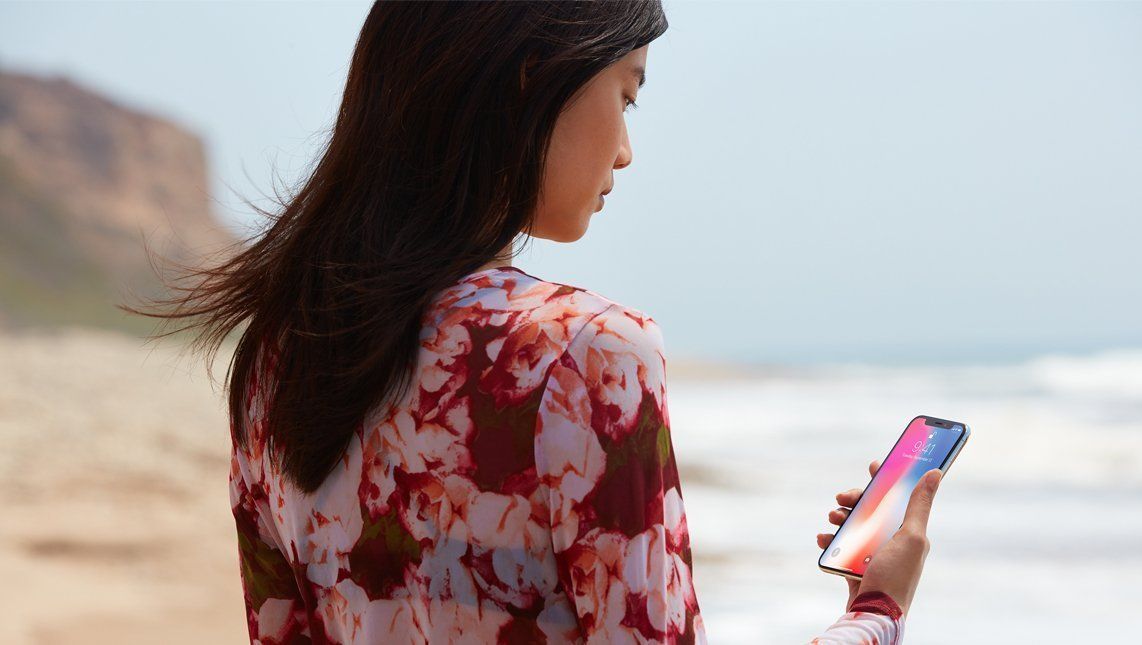The '$2000 iPhone' problem isn't the problem you think
The ‘$2000 phone’ thing annoys me. There's a lot of it about after today's Apple launch. It’s a classic judgment on ‘things I value’ vs ‘things you value’.

The ‘$2000 phone’ thing annoys me. There's a lot of it about after today's Apple launch. It’s a classic judgment on ‘things I value’ vs ‘things you value’.
Yes, in one hit someone will spend a little less than $2000 in AUD for an iPhone X. But that’s a once-in-two-years sort of purchase. Let’s call it $80 a month. $20 a week.
Suddenly we’re in the ballpark of things other people value that they spend money on all the time.
A gym membership. Daily coffees. A cleaner. A Foxtel subscription. We make judgments on what we care to spend money on all the damn time.
“But it’s now more than a laptop!” Yes, but a lot of people now see that they derive vastly more value from their phone. There's a whole generation who only sit at a keyboard to grind out work in the office.
It is perfectly fine for anyone to say “Woah! Not me, no way...”, but there’s a lot of judgment out there… ANYONE who would spend that on a phone is crazy.
But the same goes for how all those little expenditures add up over a year. "You spend $1000 a year on gym fees?" "Do you add up what all those coffees cost you in a year??"
We all make our personal choices on how we spend our personal annual budget. Sometimes it's unconscious. One big purchase like an expensive phone? That's very conscious, but most people who choose to spend it are pretty clear about how much they're spending. And that's perhaps more sensible than habitual minor purchases.
Personally? I’m tempted. Because I love shiny new toys and want to be able to speak to the quality and value of the new features. It's part of what I do. But pros and cons on my current available $$$ means I probably won’t. Probably...
When I was discussing this on Twitter I received one response that cut to the heart of the counterpoint.
It isn't enough to weigh these things up within our overall life choices, they argued, on what we spend our money on. We must compare against the alternatives within the same category of spending choices to make a 'proper' comparison.
It's a great example of misunderstanding, or playing down, why people care about different things. And that emotion, pleasure and personal preferences are a big factor across our lives.
I argue this is the path to a middle of the road life of ‘best fit’ where we compromise on our desires for ‘sensible’ choices.
It's part of what I think is wrong with technology reviewing today, too. Reducing devices we use every day to just their specs and raw features misses a lot about industrial design and software style that can play into how things make us feel. We need to stop pretending every choice in life is impassive and calculated.
Sometimes we feel duped by those emotional responses, and we'll never buy that brand again. But from Apple's success with iPhone over an entire decade now, it's clear its success is partly driven by people enjoying how the device feels to use every day and so they keep coming back for more.
It's not everybody. It's not even many. But for those who are eager to spend all of the money on the most expensive iPhone ever created, it's an entirely reasonable choice to make.
Byteside Newsletter
Join the newsletter to receive the latest updates in your inbox.


